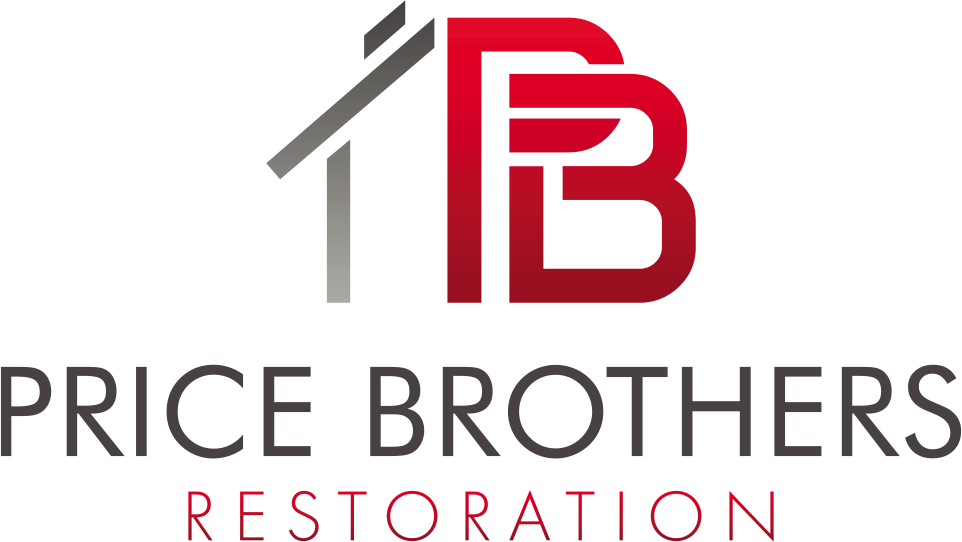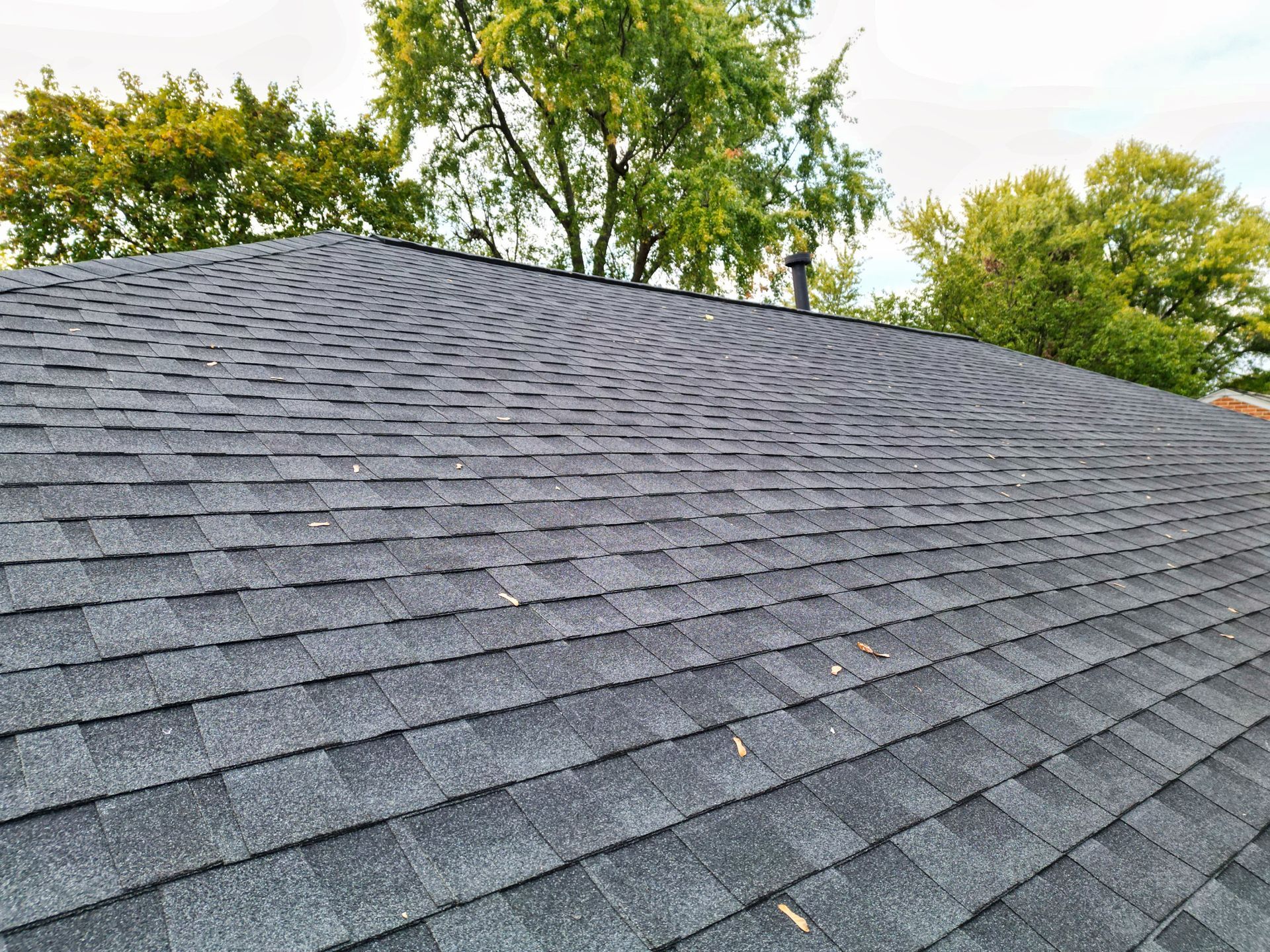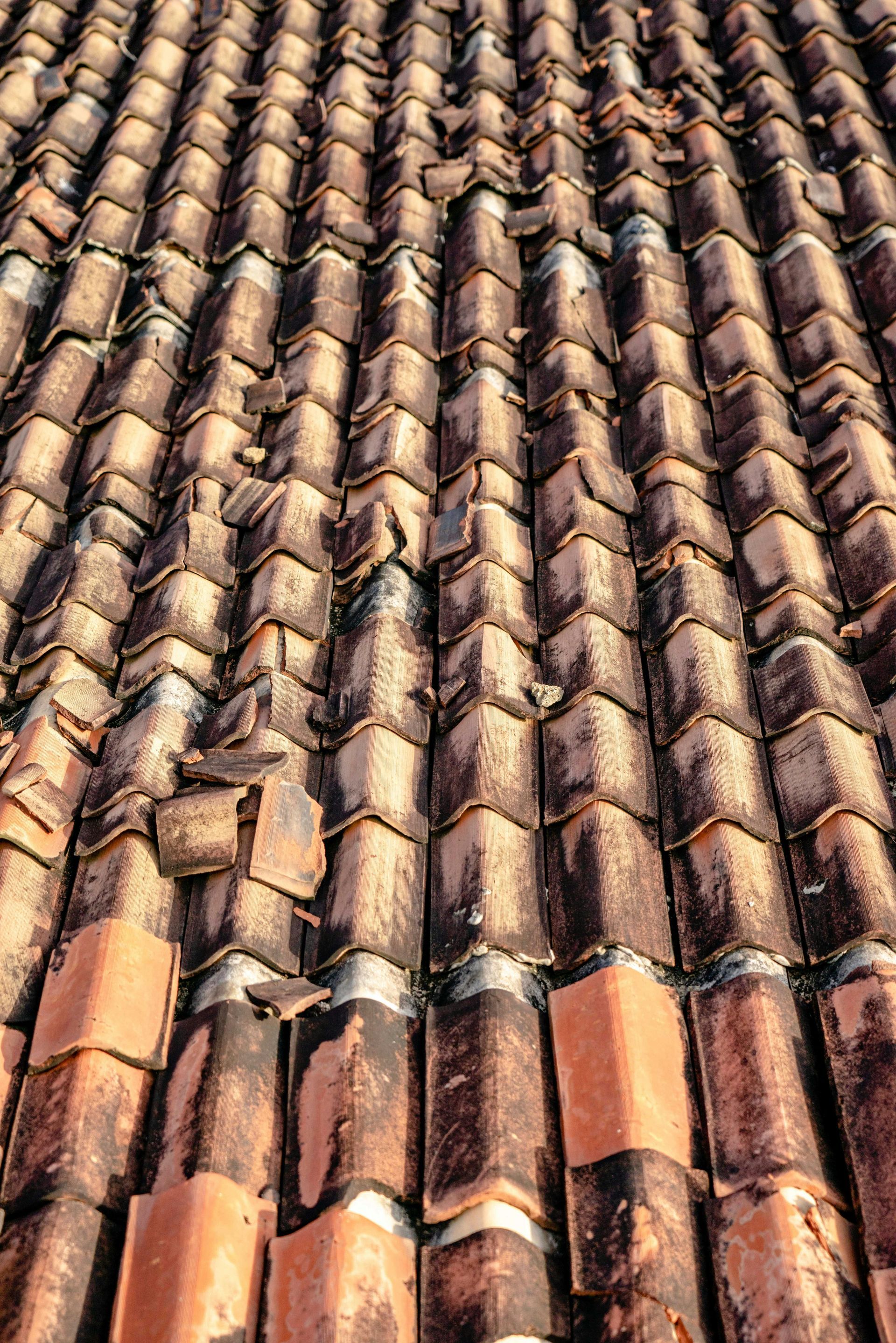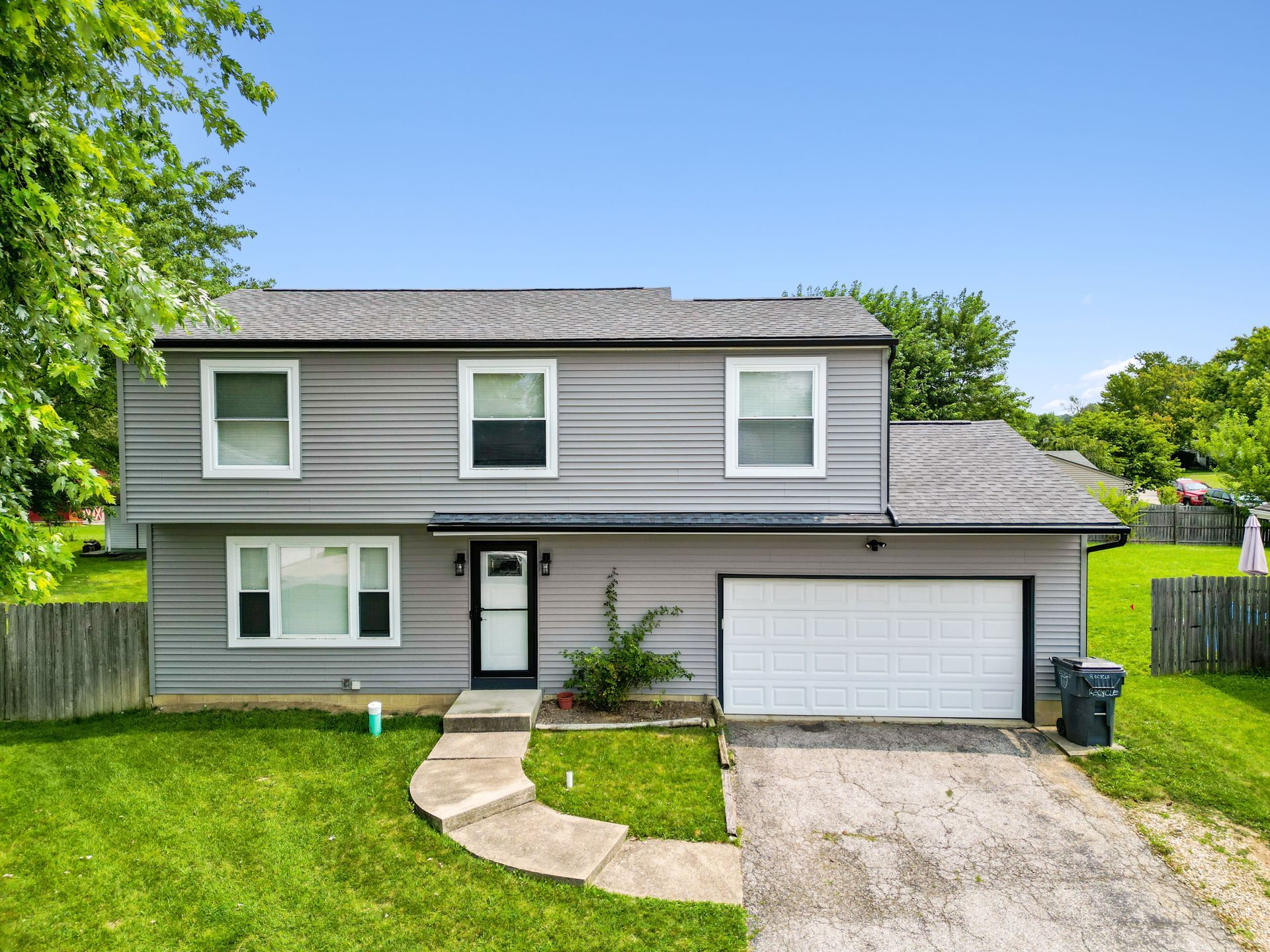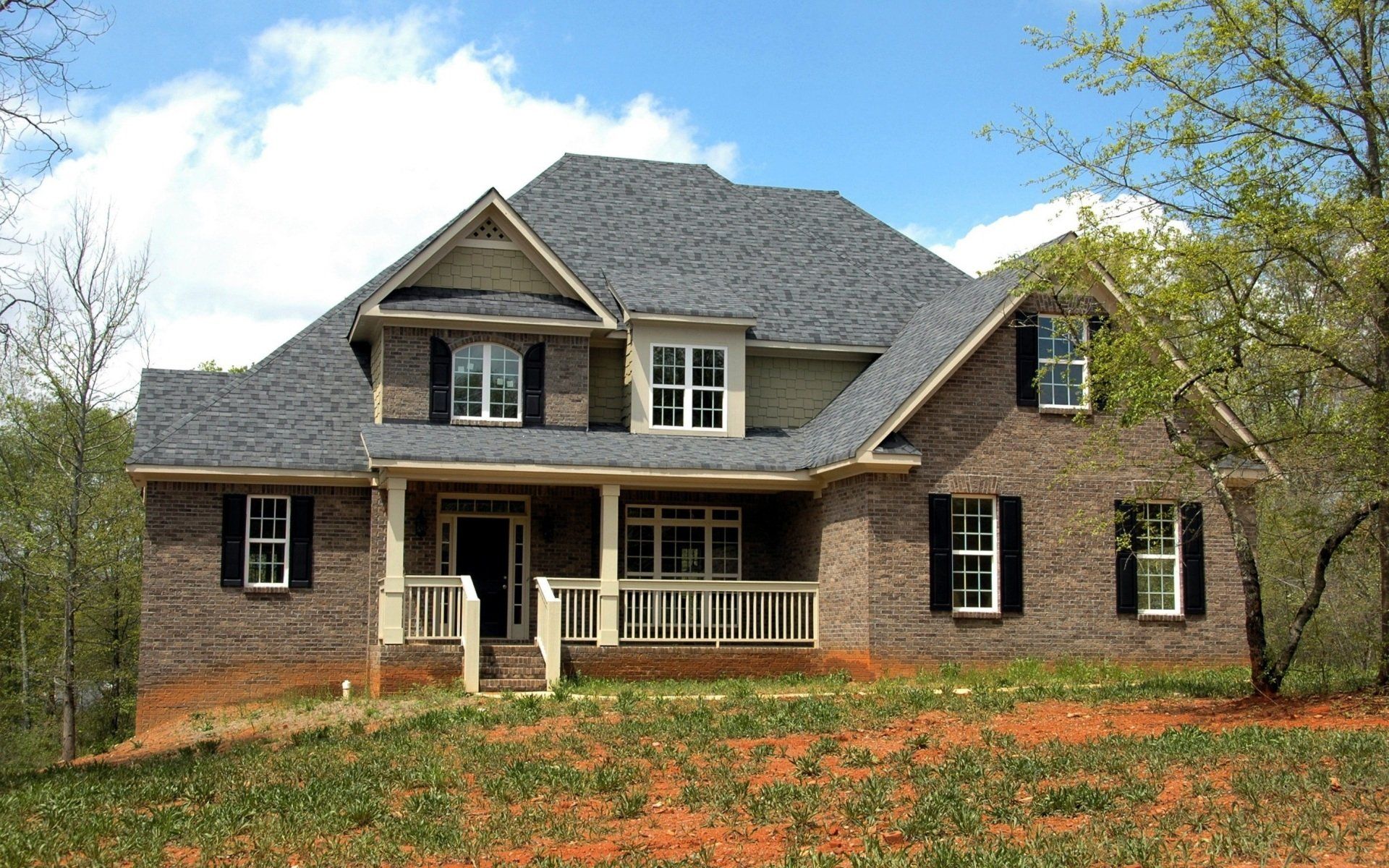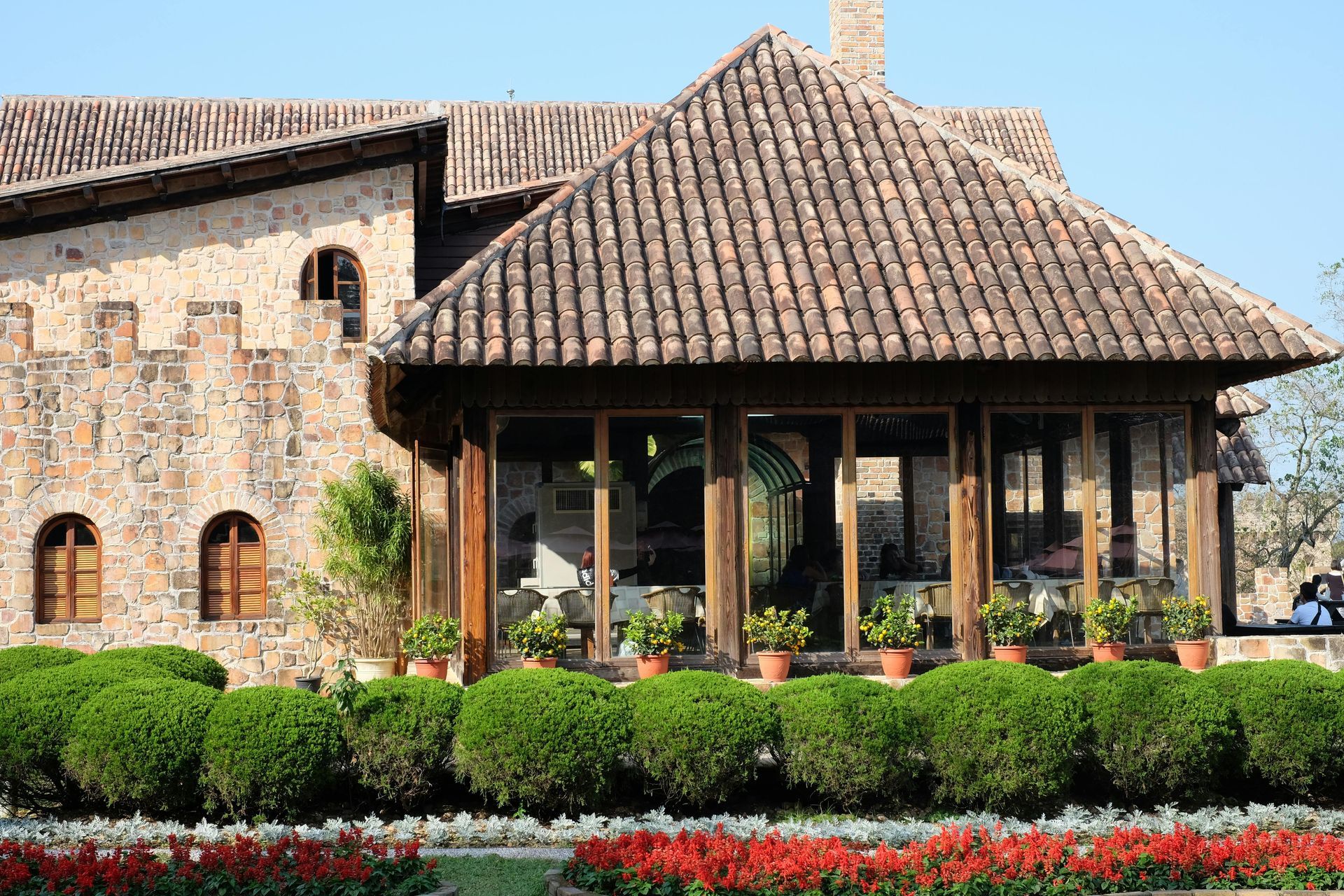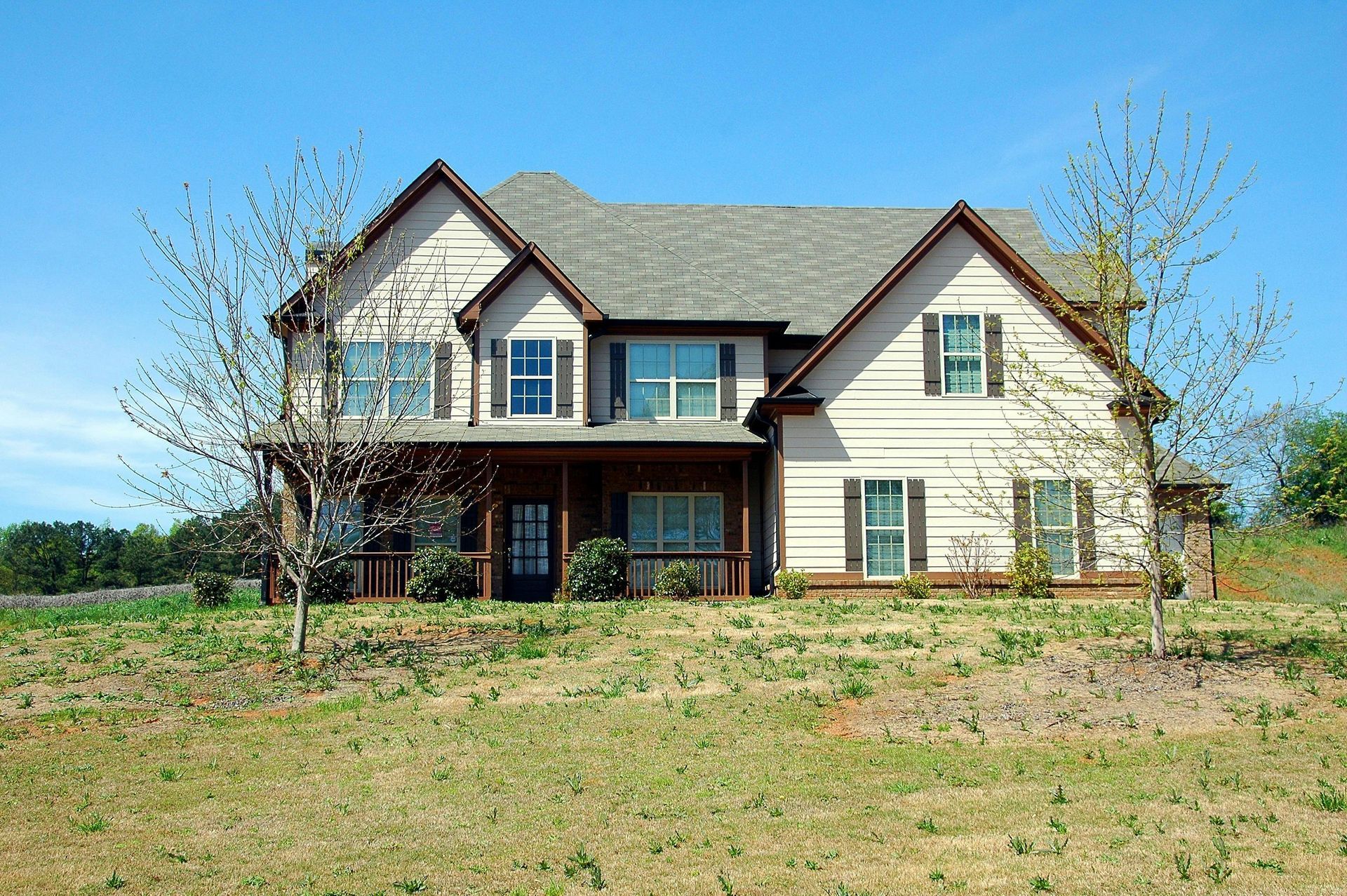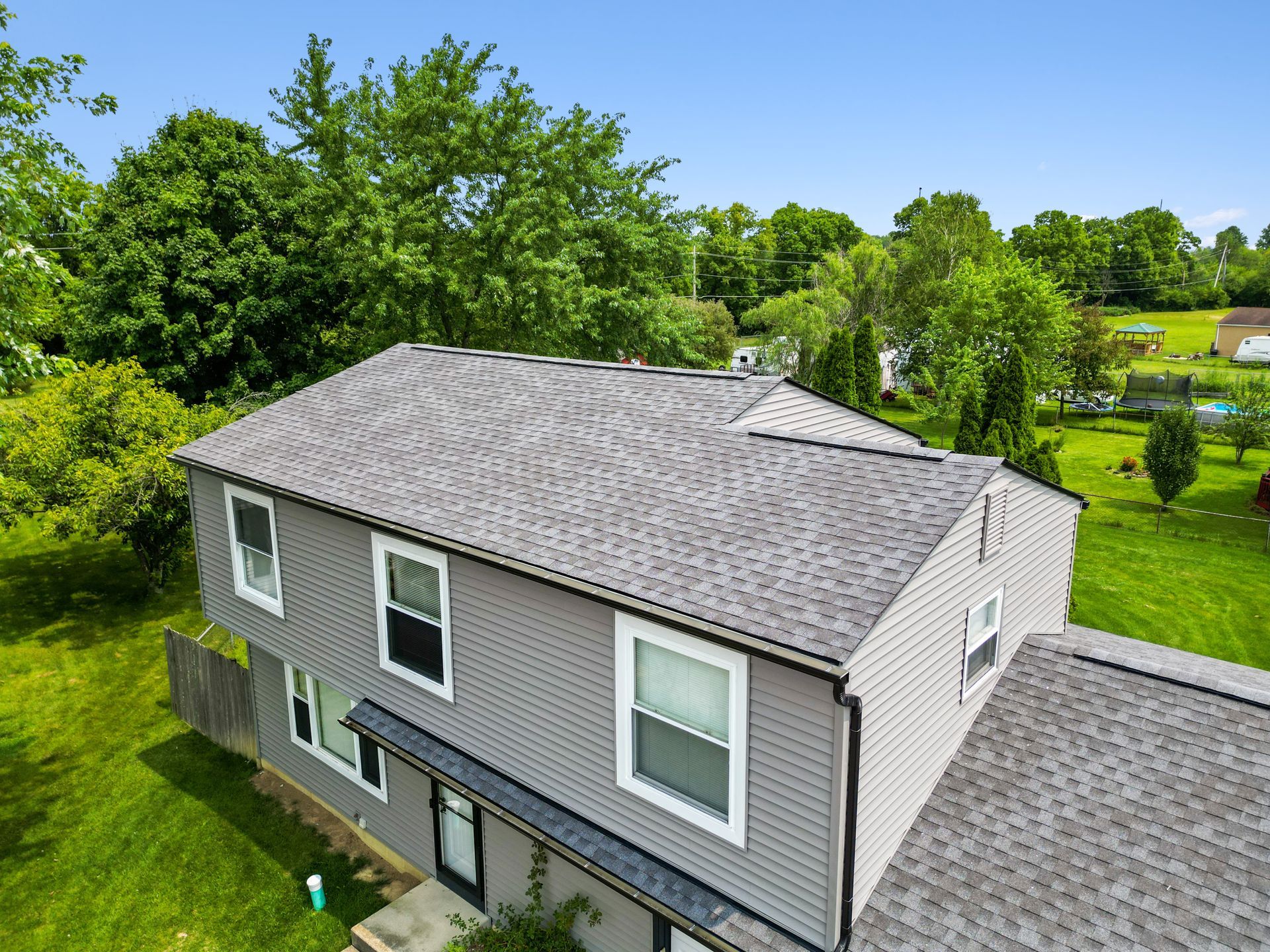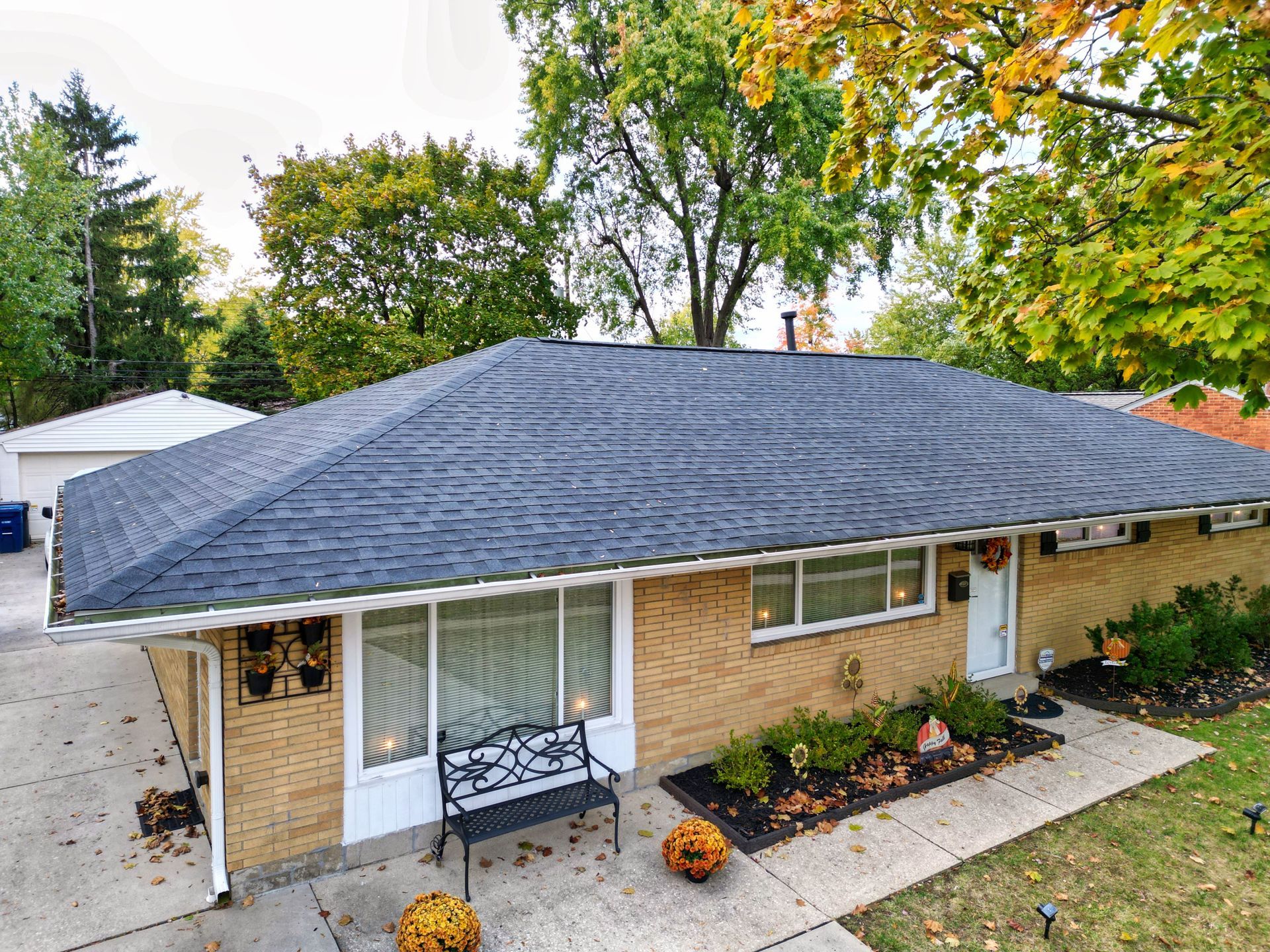How to Clean Roof Shingles Without Damage
A clean roof doesn’t just look better—it lasts longer. Over time, algae, moss, and debris can accumulate, leading to moisture retention and premature roof deterioration. If you're wondering how to clean roof shingles without damaging them, this guide will walk you through the safest and most effective cleaning methods.
Why Cleaning Your Roof Matters
Your roof is constantly exposed to dirt, moisture, and environmental pollutants. Regular cleaning provides several key benefits:
- Prevents Algae and Moss Growth – Moss traps moisture, which can weaken shingles and lead to leaks.
- Extends the Lifespan of Your Roof – Roof maintenance prevents premature deterioration.
- Enhances Curb Appeal – A clean roof makes your home look newer and well-maintained.
- Protects Against Costly Repairs – Algae and moss can cause water damage if left untreated.
Signs Your Roof Needs Cleaning
Not sure if it’s time to clean your roof? Here are common warning signs:
- Black Streaks or Stains – Often caused by algae, these streaks can spread quickly.
- Moss or Lichen Patches – Green or white patches indicate moisture retention.
- Leaves and Debris Build-Up – Organic debris can trap water and promote mold growth.
Slow Water Drainage – Clogged gutters and moss buildup can lead to standing water.
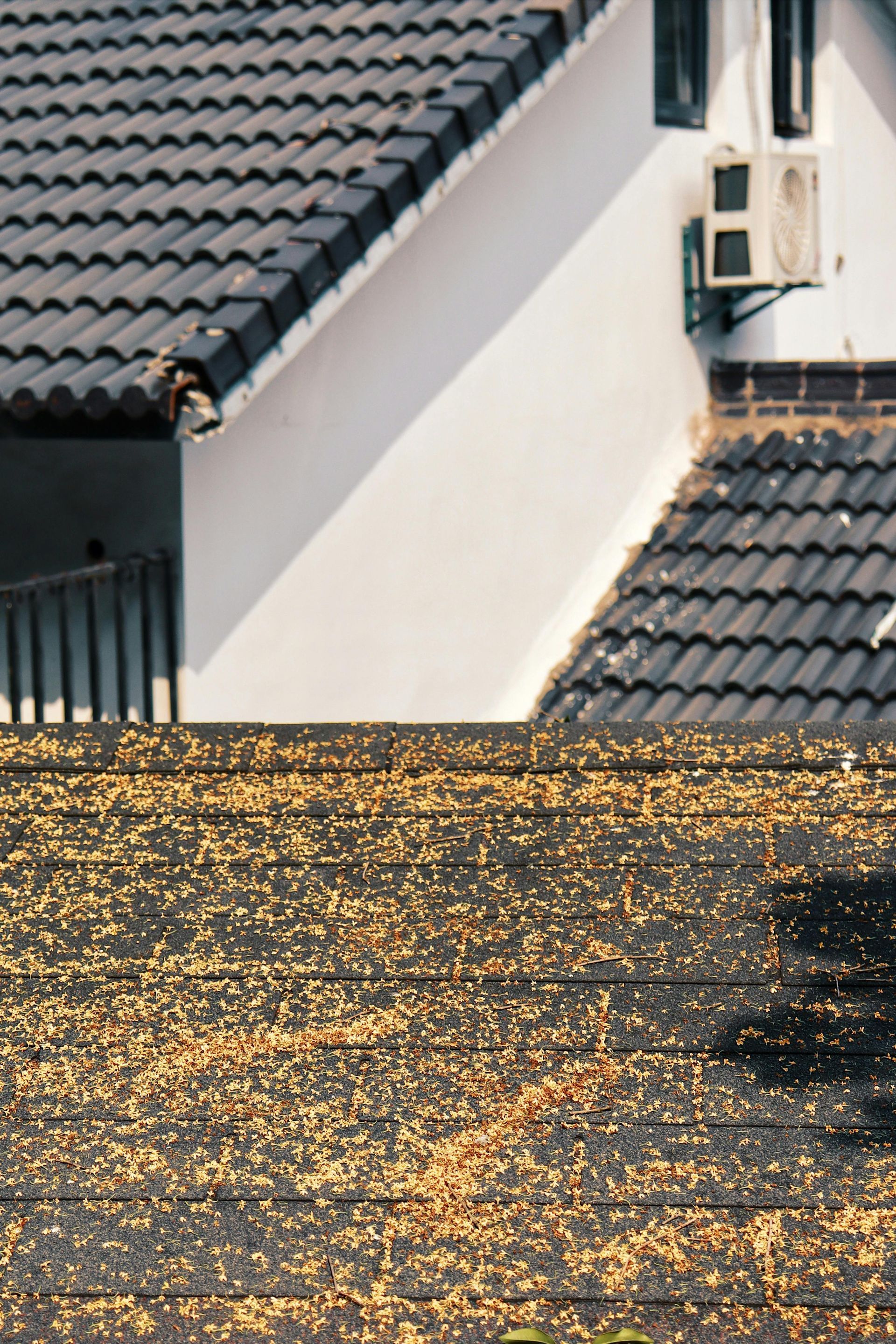
Best Methods for Cleaning Roof Shingles
Low-Pressure Washing vs. High-Pressure Washing
Many homeowners assume pressure washing is the best way to clean roof shingles, but using high pressure can strip away protective granules, reducing the lifespan of your roof.
Instead, opt for a soft-wash system, which uses a low-pressure spray combined with a cleaning solution to safely remove moss, algae, and dirt.
Using a Roof Cleaning Solution
The right cleaning solution helps dissolve algae and moss without harming your shingles. Here are the best options:
- DIY Solution: Mix 50% water with 50% white vinegar or mild dish soap.
- Commercial Roof Cleaners: Look for biodegradable formulas designed for asphalt shingles.
- Oxygen Bleach: A safer alternative to chlorine bleach that removes stains without discoloration.
How to Apply the Cleaning Solution:
- Mix the solution in a garden sprayer.
- Evenly apply it to affected areas, working from top to bottom.
- Let it sit for 15–20 minutes to break down algae and moss.
- Rinse gently with a low-pressure hose (not a pressure washer).
Safely Removing Moss and Algae from Roof Shingles
Moss and algae can spread quickly, damaging your roof over time to the point you’ll need a Pickerington roof repair. To remove them safely:
- Apply a Moss Treatment – Use a specialized moss-killing solution and let it soak.
- Use a Soft Brush – Gently loosen stubborn moss without aggressive scrubbing.
- Rinse with a Garden Hose – Always rinse downward to avoid lifting shingles.
Step-by-Step Guide to Cleaning Roof Shingles
- Check the Weather – Choose a dry, cloudy day for best results.
- Gather Supplies – You’ll need a garden sprayer, soft-bristle brush, safety harness, and ladder.
- Prepare the Area – Cover plants and move outdoor furniture to prevent chemical exposure.
- Apply the Cleaning Solution – Work in sections and allow the solution to sit.
- Rinse Gently – Use a garden hose to remove debris without stripping protective granules.
- Apply Preventative Treatment – Zinc or copper strips help prevent future algae growth.
Mistakes to Avoid When Cleaning Roof Shingles
Even with the right tools, common mistakes can cause long-term damage:
- Using High-Pressure Water – This can remove shingle granules and lead to premature wear.
- Applying Undiluted Bleach – Strong bleach solutions weaken shingles and harm surrounding vegetation.
- Over-Scrubbing – Excessive force can dislodge shingles and create weak spots.
- Ignoring Safety Precautions – Roof work can be dangerous; use a safety harness and proper footwear.
When to Call a Professional Pickerington Roofer
While DIY cleaning can be effective, certain situations call for expert help:
- Widespread Moss or Algae Growth – If growth is extensive, a professional can clean it safely.
- Steep or Multi-Story Roofs – Roofing work is hazardous—leave it to the pros.
- Signs of Roof Damage – Missing shingles or leaks? A professional roof inspection is a smart move.
FAQ: Common Roof Cleaning Questions
How often should I clean my roof shingles?
At least once every 2–3 years to prevent algae and moss buildup.
Can I use a pressure washer to clean my roof?
No. High-pressure washing can strip protective granules, leading to premature aging.
What’s the safest way to remove moss from my roof?
Use a biodegradable moss treatment, followed by a soft brush and low-pressure rinse.
Do I need to clean my roof if I don’t see moss or algae?
Yes! Dirt, debris, and unseen bacteria can still cause damage over time.
Preventative Roof Maintenance Tips
Keep your shingles clean longer by following these maintenance practices:
- Trim Overhanging Trees – Reduces shade and prevents moss buildup.
- Clean Gutters Regularly – Prevents debris accumulation and improves drainage.
- Schedule Routine Roof Inspections – Identify potential issues early.
- Install Zinc or Copper Strips – Helps prevent algae and moss regrowth.
Conclusion
Knowing how to clean roof shingles properly ensures they stay in great shape for years to come. While DIY methods can be effective, hiring a professional guarantees safety, efficiency, and long-term results.
Need expert roof maintenance?
Contact Price Brothers Restoration for professional roof cleaning and care!
Have Any Questions?
Contact us effortlessly through phone, email, or by filling out our convenient online form.
Get In Touch
We will get back to you as soon as possible
Please try again later
Contact Us
